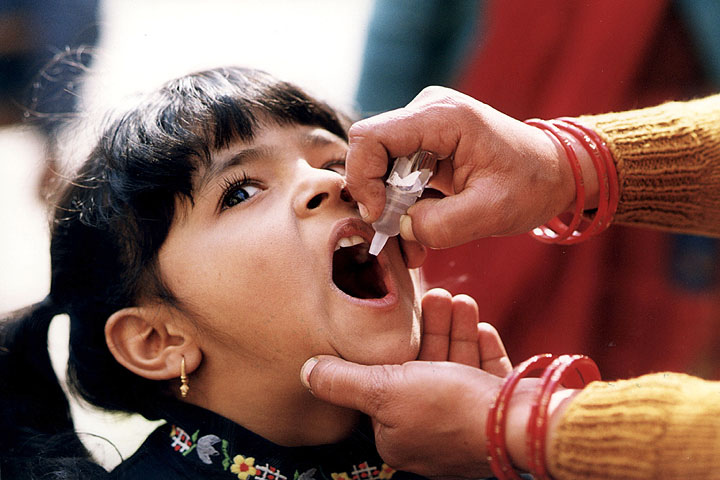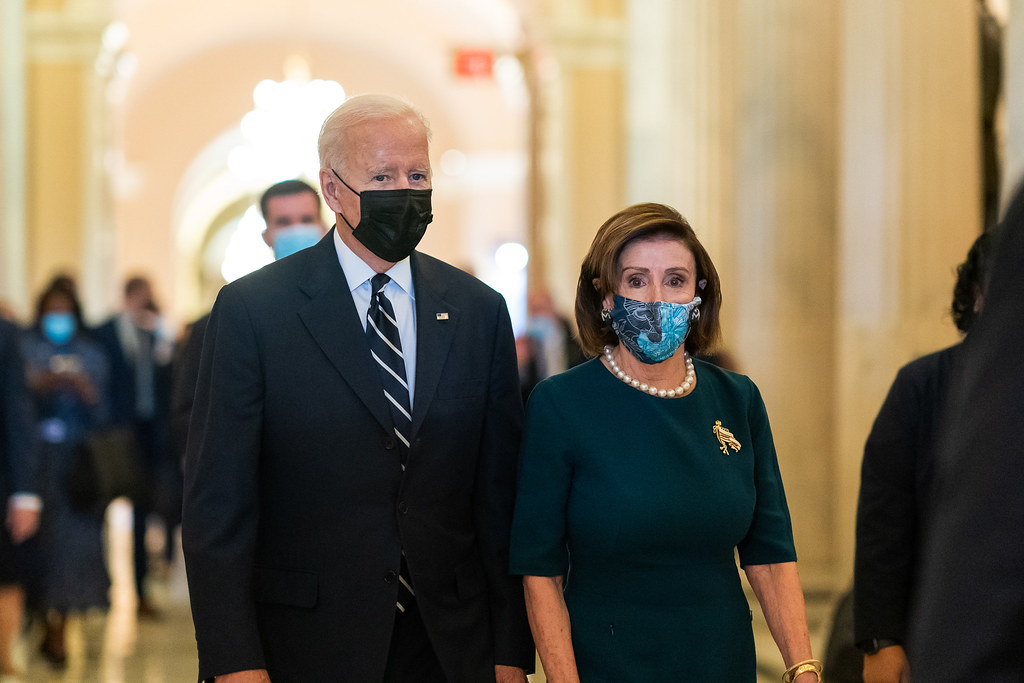New polio outbreak in Africa caused by WHO’s oral polio vaccine
09/11/2020 / By Cassie B.

Just a week after the World Health Organization announced that their lengthy polio vaccination campaign in Africa was a success, it emerged that their oral vaccine has actually spurred yet another new outbreak of the disease there.
The new outbreak is being seen in Sudan, where two children were paralyzed shortly after being vaccinated against polio. The risk of vaccine-derived polio is not a surprise, but seeing these cases so soon after declaring wild polio eradicated on the continent is considered a big setback.
There is no cure for polio, which can lead to irreversible paralysis and can even be fatal when it affects the muscles involved in breathing. It typically affects children under the age of 5.
The problem is that the oral polio vaccine being used in Africa is an affordable version that uses a weakened version of the virus. This type is widely used in third-world countries because it is so easy to administer and there is no need for sterile syringes. The injected vaccine used in many Western countries, on the other hand, uses an inactivated virus and does not pose this particular risk, although it is associated with other negative vaccine effects.
When children are given the oral polio vaccine, the weakened virus will replicate in their intestine, which encourages their body to produce antibodies to it. Unfortunately, their bodies then excrete it, and it can make its way into circulation from there. In areas with poor sanitation, the virus can not only survive but thrive and circulate over the course of several months, mutating to the point where it poses the same risk of causing paralysis as the wild polio virus it strives to prevent. It also spreads every bit as easily as wild polio, making it extremely dangerous.
More than a dozen African countries are currently dealing with polio outbreaks caused by the vaccine, including Cameroon, Nigeria, Zambia, Angola and Congo. The World Health Organization has now warned that there is a high risk of it spreading further across the Horn of Africa and central Africa, given the region’s large-scale population movements.
They’ve also found the virus in 11 additional cases of vaccine-derived polio in Sudan as well as environmental samples. However, because there are usually many more cases that go unreported for every confirmed case, it’s reasonable to expect the problem is far more prevalent. The disease is known to be highly infectious and spreads quickly through contaminated water.
WHO boasted that Africa was free of wild polio virus even as its vaccines spread another type of polio virus
On August 25, the World Health Organization announced that Africa was officially free from wild poliovirus, leaving only two countries that still have endemic polio, Pakistan and Afghanistan. Both countries have recently seen a surge in cases, with Pakistan recording cases in areas that had previously been declared free of the disease.
A region is certified as free of the wild polio virus after three years without any official cases; the last wild polio case in Africa was recorded in northeast Nigeria four years ago. At one point, polio was paralyzing 75,000 children per year across the African continent.
It marks the second time a virus has been completely eradicated in Africa after smallpox was eliminated 40 years ago. However, experts have said that complete surveillance across Africa is impossible and that scattered cases of wild polio that have yet to be detected cannot be ruled out.
Unfortunately, stories like these serve as a reminder of how serious the repercussions of mass vaccination campaigns can be, and it’s particularly concerning that children in poor countries are being targeted with vaccines that could cause them to become sick or paralyzed.
Sources for this article include:
Submit a correction >>
Tagged Under:
Africa, infections, oral polio vaccine, outbreak, pandemic, polio, polio vaccine, vaccine, vaccine wars, vaccine-derived polio, vaccines, WHO
This article may contain statements that reflect the opinion of the author
RECENT NEWS & ARTICLES
COPYRIGHT © 2017 VACCINE HOLOCAUST


















